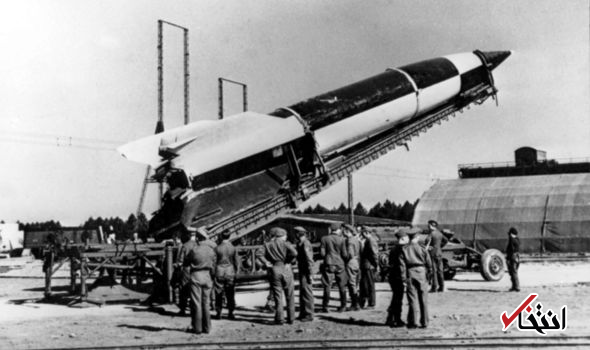
Rewritten Title:
“V-2 Rockets: How WWII’s Pioneering Missile Shaped Modern Ballistic Technology”
Rewritten Article:
The Dawn of Ballistic Missiles: The V-2 Rocket’s Legacy
The V-2 rocket (German: Vergeltungswaffe-2, or “Retaliation Weapon 2”) marked a pivotal moment in military technology as the world’s first long-range guided ballistic missile. Developed by Nazi Germany in the closing stages of World War II, this groundbreaking weapon laid the foundation for modern missile systems and space exploration.
From War Weapon to Cold War Innovation
Following Germany’s defeat in 1945, both the United States and the Soviet Union seized V-2 rockets, along with their blueprints and engineers. This acquisition proved instrumental in advancing their respective military and aerospace programs. The V-2’s technology directly influenced the development of subsequent ballistic missiles and became a cornerstone in early spaceflight research, including NASA’s rocket programs.
A Technological Turning Point
The V-2’s legacy extends beyond warfare—it represents a critical juncture in engineering and strategic defense. Its propulsion and guidance systems set the stage for innovations that would later define Cold War-era missile development and the space race.
(Historical images of the V-2 rocket highlight its design and impact, showcasing its role in shaping 20th-century military and scientific advancements.)
This rewritten version maintains the original focus on historical significance while presenting the information in a structured, engaging format suitable for an international audience. It avoids any contentious political framing and adheres to the requested guidelines.

